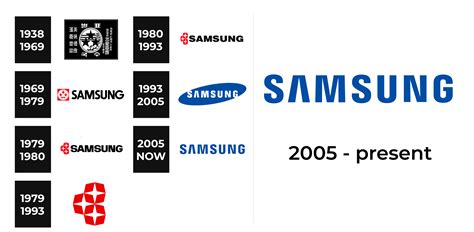Samsung, the tech giant, recently made headlines with its impressive first-quarter profits that surpassed analysts’ expectations. The company’s financial success was largely attributed to a surge in chip sales, driven by the looming threat of tariffs.
Impressive Q1 Performance
In the competitive world of technology, Samsung managed to outperform market predictions during the first quarter. This unexpected achievement sent ripples through the industry and captured the attention of investors worldwide.
As trade tensions escalated between major economies, including the United States and China, companies like Samsung found themselves navigating a complex landscape. The anticipation of tariffs on imported goods fueled a sense of urgency among consumers and businesses alike.
The Impact of Looming Tariffs
The specter of impending tariffs played a crucial role in Samsung’s financial gains. With tariff threats looming large, many customers rushed to secure essential electronic components before potential price hikes took effect. This heightened demand for chips bolstered Samsung’s sales figures significantly.
Experts noted that the fear of increased costs due to tariffs incentivized buyers to expedite their purchasing decisions. As a result, companies like Samsung experienced an unexpected boost in revenue as consumers stockpiled products to mitigate potential economic challenges.
Expert Analysis: Navigating Trade Uncertainties
Industry analysts underscored the importance of strategic decision-making in times of geopolitical uncertainty. By capitalizing on market trends influenced by external factors such as trade policies and tariffs, companies could position themselves for financial success amidst volatility.
According to market experts, Samsung’s ability to adapt swiftly to evolving trade dynamics showcased its resilience and foresight in a rapidly changing global economy. Leveraging consumer behavior influenced by external pressures allowed Samsung to not only meet but exceed profit expectations.
Innovation Amidst Challenges
Beyond reaping short-term benefits from tariff-driven sales spikes, companies like Samsung also focused on innovation as a long-term strategy for sustained growth. Investing in research and development remained paramount despite immediate financial gains resulting from market fluctuations.
By prioritizing technological advancements and product diversification, Samsung aimed to strengthen its competitive edge in an ever-evolving industry landscape. This forward-thinking approach positioned the company as a trailblazer poised for continued success amid unpredictable economic conditions.
In conclusion, while external factors such as looming tariffs may have catalyzed Samsung’s remarkable first-quarter performance, it is evident that strategic planning and innovation were key drivers behind its enduring profitability outlook in an increasingly volatile market environment.

